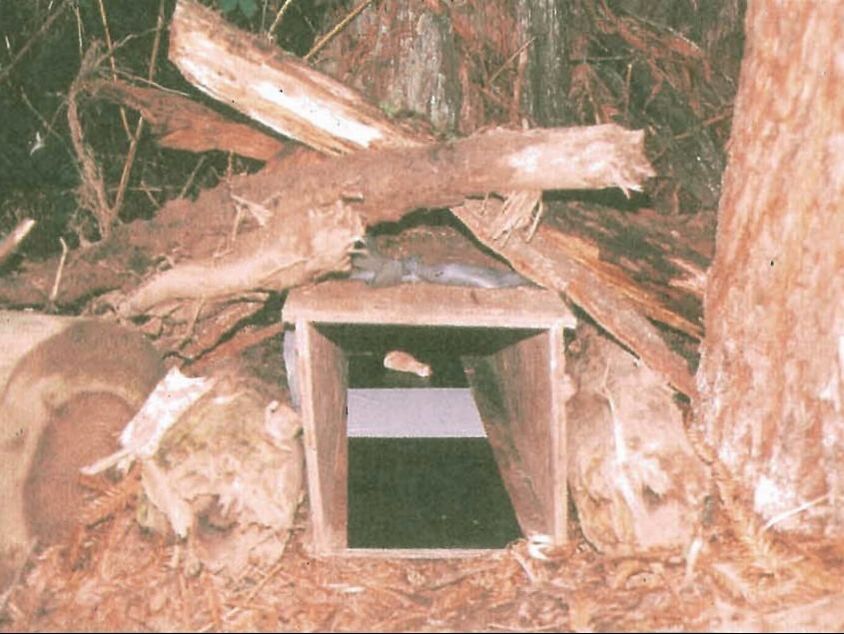Tracking challenge
WE'RE SHARING A SERIES OF POSTS TO INSPIRE YOU TO EXPLORE YOUR NEIGHBORHOOD FOR SIGNS OF WILDLIFE!
AS YOU HEAD OUT, SEND US YOUR TRACKING QUESTIONS, PHOTOS, AND STORIES. Winners will be featured here and on our social media!
AS YOU HEAD OUT, SEND US YOUR TRACKING QUESTIONS, PHOTOS, AND STORIES. Winners will be featured here and on our social media!
Tracking challenge 3: CArnivores!
Learn more below, and see winners from our other challenges
Learn more below, and see winners from our other challenges
[email protected] | #CAWTRACKS


 RSS Feed
RSS Feed
